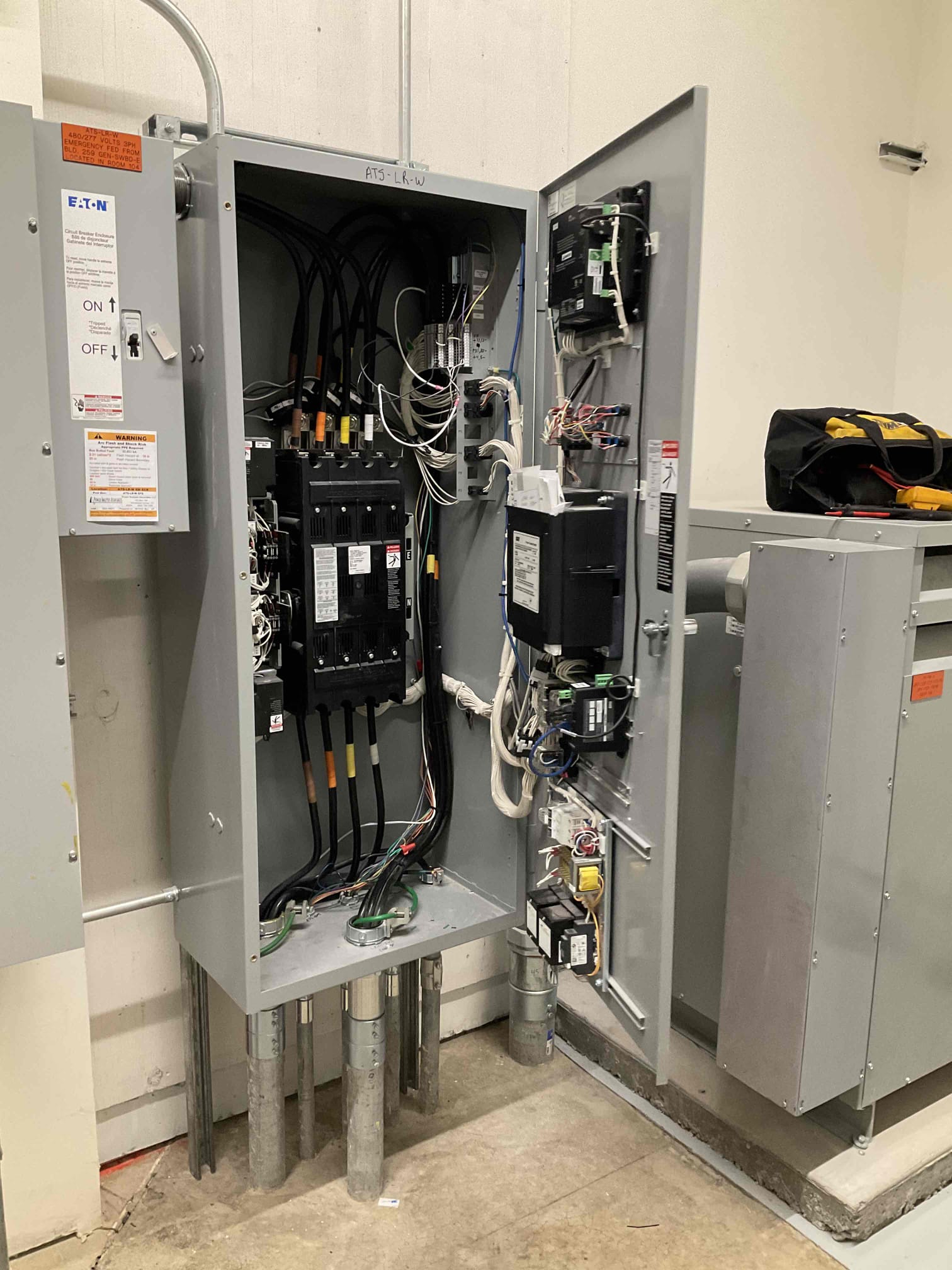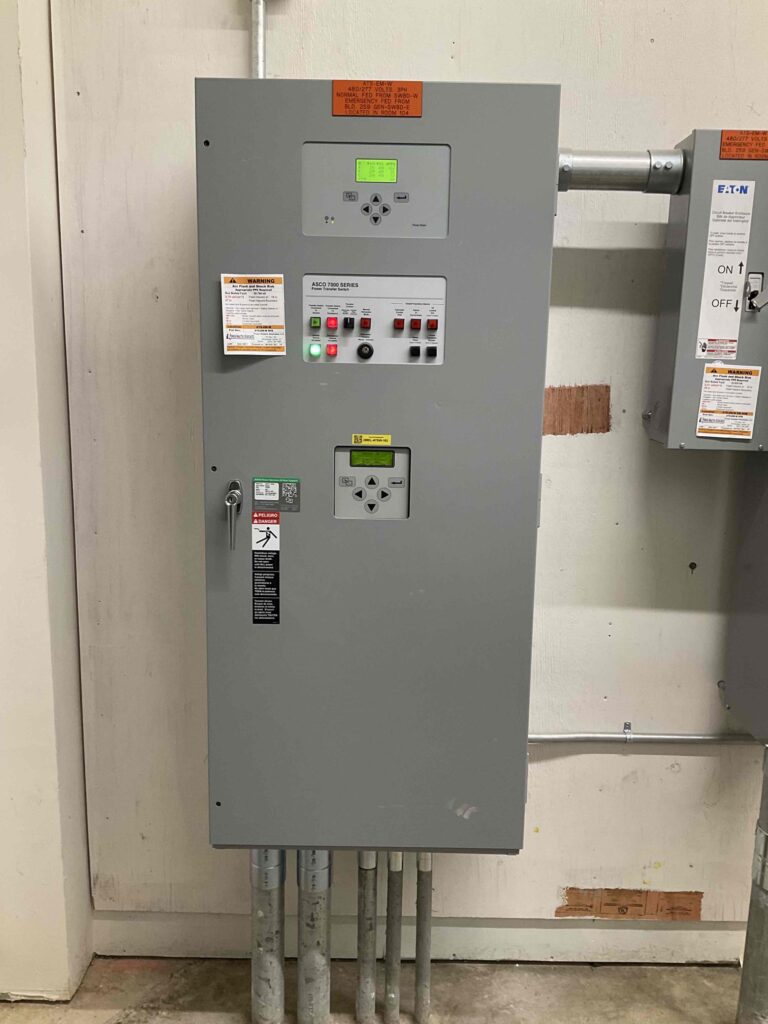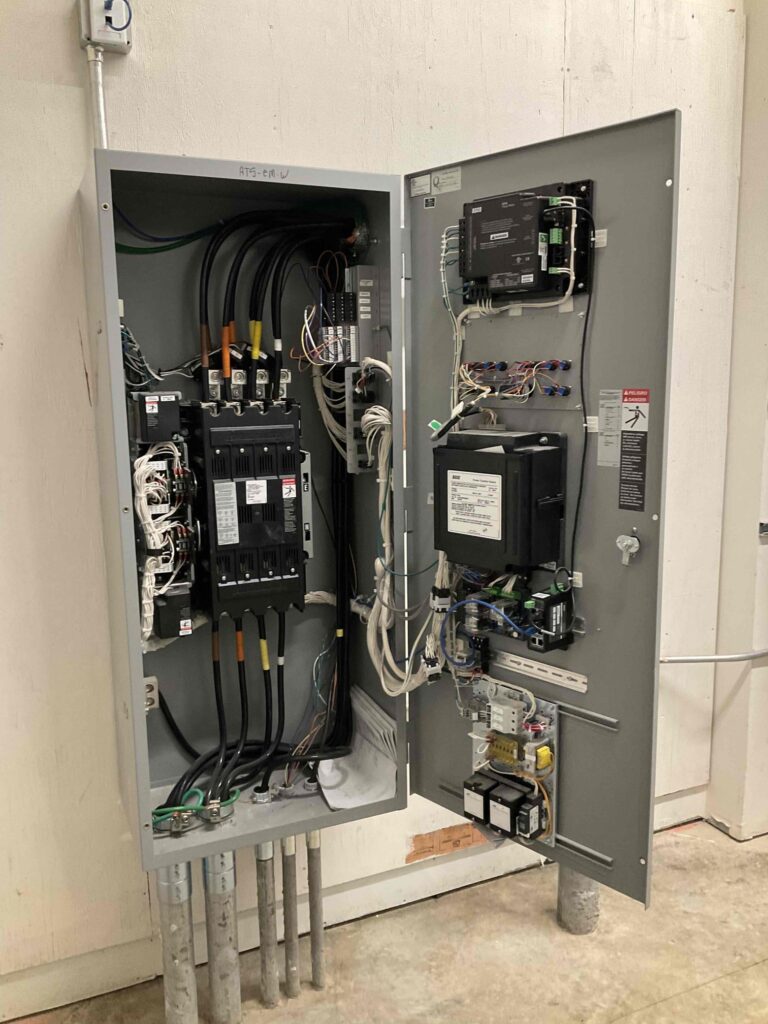Understanding Transfer Switches: A Comprehensive Guide

Table of Contents
What is a Transfer Switch?
A transfer switch is an essential electrical device that seamlessly transfers power loads between two sources. Typically used in backup power systems, it ensures that electrical power can be switched from a primary source (like the main power grid) to a secondary source (such as a generator) without interruption. The primary function of a transfer switch is to enhance the reliability and safety of power supply systems, making it a crucial component in residential, commercial, and industrial settings.
Types of Transfer Switches
Transfer switches come in two main types: automatic and manual. Understanding the differences between these can help determine which is best suited for your needs.
Automatic Transfer Switch (ATS)
An ATS continuously monitors the power supply from the primary source. If it detects a power failure or a significant drop in voltage, it automatically transfers the electrical load to the secondary power source, usually a generator. Once the primary power source is restored and stable, the ATS switches back to it.
Advantages of ATS:
- Convenience: Automatically switches power without human intervention, ensuring continuous power supply.
- Speed: Transfers power almost instantaneously, minimizing downtime.
- Safety: Reduces the risk of electrical hazards by preventing manual handling during power outages.
Manual Transfer Switch (MTS)
A MTS requires a person to manually switch the power load from the primary source to the backup source in the event of a power outage. This involves physically operating the switch to connect to the secondary power source.
Advantages of MTS:
- Cost: Typically less expensive than an ATS.
- Simplicity: Easier to install and maintain due to its straightforward design.
- Control: Gives the user complete control over when to switch to the backup power source.
Importance of Transfer Switches

Transfer switches play a critical role in ensuring a reliable and safe power supply. Here are some key reasons why they are important:
- Uninterrupted Power Supply: They ensure continuous power availability during outages, crucial for critical operations in hospitals, data centers, manufacturing, and other businesses.
- Safety: They prevent electrical hazards by eliminating the need for manual connection of generators to the electrical system, reducing the risk of electrical shocks and fires.
- Compliance: Many local electrical codes and standards require the use of transfer switches with backup power systems, ensuring safe and standardized installation and operation.
- Equipment Protection: By providing a smooth transition between power sources, they protect sensitive electronic equipment from damage due to power surges or interruptions.
Transfer Switch Maintenance

Regular maintenance of transfer switches is vital to ensure they function correctly when needed. Here are some maintenance practices:
- Routine Inspections: Regularly inspect them for signs of wear, corrosion, or damage. Check all connections to ensure they are secure.
- Testing: Periodically test the switch to verify it operates correctly. This includes simulating a power outage to see if the switch transfers the load to the backup source and then back to the primary source.
- Cleaning: Keep the switch and surrounding area clean and free from dust and debris, which can cause overheating or electrical faults.
- Lubrication: Apply appropriate lubrication to moving parts to prevent sticking or mechanical failure.
- Professional Servicing: Schedule professional inspections and servicing at least annually to ensure the switch operates safely and efficiently.
Conclusion
Transfer switches are indispensable components of any reliable power backup system. Whether you opt for an automatic or manual switch, understanding their functions, benefits, and maintenance needs is crucial. By ensuring that your transfer switch is well-maintained and operational, you can safeguard your power supply against unexpected outages and ensure the safety and continuity of your operations. Please contact us for any of your transfer switch needs.
